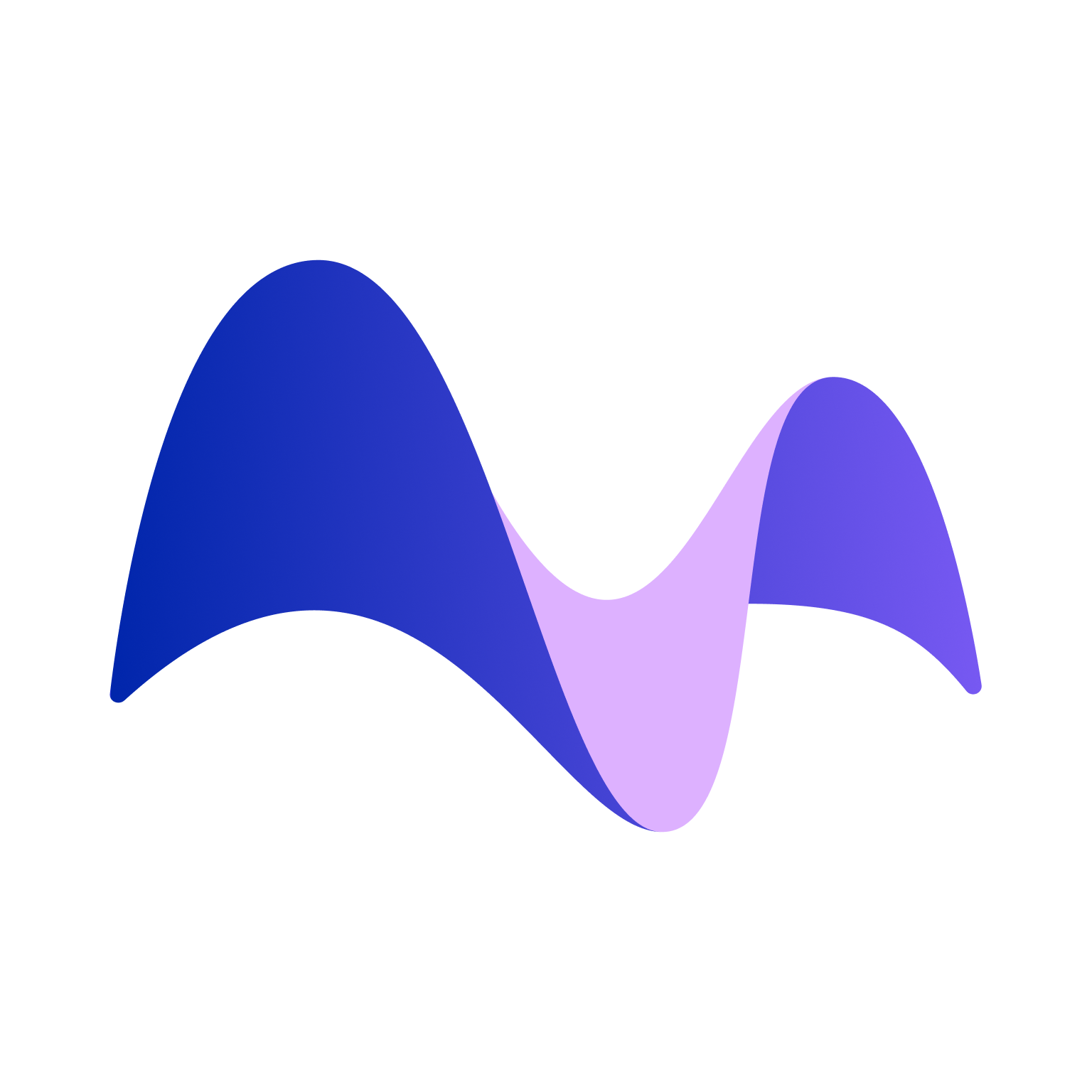IOTA Tangle vs Ethereum: A Detailed Comparison

Are you curious about the differences between IOTA's Tangle and Ethereum? Look no further! In the ever-evolving landscape of cryptocurrencies and blockchain technologies, understanding the unique features of each platform is essential for making informed investment decisions. In this article, we will delve into the key distinctions between IOTA's Tangle and Ethereum, focusing on scalability, fee structure, and consensus mechanism.
Scalability
One of the main differences between IOTA's Tangle and Ethereum lies in their scalability solutions. Ethereum currently relies on a proof-of-work (PoW) consensus mechanism, which has been criticized for its limited transaction processing capabilities. As a result, Ethereum has faced issues with network congestion and high transaction fees during peak usage periods.
On the other hand, IOTA utilizes a different approach with its Tangle technology. The Tangle is a directed acyclic graph (DAG) that allows for parallel transaction processing, enabling high scalability without the need for miners. This unique architecture makes IOTA well-suited for handling a large number of transactions simultaneously, making it a compelling option for IoT and machine-to-machine transactions.
Fee Structure
Another key difference between IOTA's Tangle and Ethereum is their fee structures. Ethereum transactions require gas fees to compensate miners for validating and processing transactions. The cost of gas fees can vary depending on network congestion, leading to fluctuating transaction costs for users.
In contrast, IOTA transactions are feeless, making it an attractive option for microtransactions and low-value transfers. The absence of transaction fees in IOTA eliminates barriers to entry for users looking to participate in the network, opening up new possibilities for monetizing IoT devices and data streams.
Consensus Mechanism
The consensus mechanism used by IOTA's Tangle and Ethereum also differs significantly. Ethereum is in the process of transitioning from a PoW to a proof-of-stake (PoS) consensus mechanism with the upcoming Ethereum 2.0 upgrade. PoS is expected to improve scalability, security, and energy efficiency on the Ethereum network.
In contrast, IOTA uses a unique consensus mechanism called the Coordinator, which helps secure the network by confirming transactions and preventing double-spending attacks. The Coordinator has been a subject of controversy in the past, as some critics argue that it centralizes power in the hands of the IOTA Foundation. However, IOTA has plans to gradually decentralize the network by removing the Coordinator in the future.
In conclusion, both IOTA's Tangle and Ethereum offer unique features and capabilities that cater to different use cases within the blockchain ecosystem. While Ethereum continues to dominate the decentralized finance (DeFi) space, IOTA's Tangle is making strides in the IoT sector. As these technologies evolve and mature, it will be fascinating to see how they shape the future of decentralized applications and digital economies.
Related articles
Latest articles
See more























